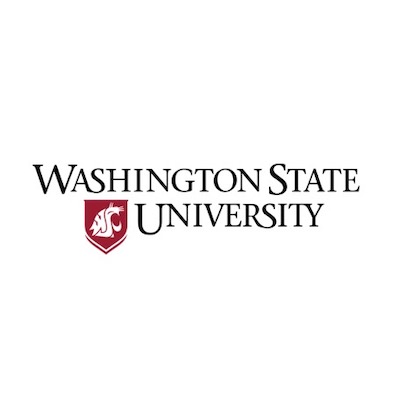Washington State University: Students get a sense for science in farm fields
A group of Yakima Valley eighth graders got to test school-made sensors and get a taste of using science, math, and computer science in real-world farming, thanks to a pilot field program through the WSU-led AI Institute for Transforming Workforce and Decision Support (AgAID Institute) and the First Nations MESA (mathematics, engineering and science achievement) program at Heritage University.
Yakima Valley, rich in vineyards, hops and orchards, is one of the leading regions in Washington’s agriculture production. Many students there have personal connections to the community’s agriculture through family involvement and employment.
“There’s always a stigma within agriculture,” Monet Becenti, director of MESA First Nations, said. “We want to show our students that what is being done in the classroom can be done in agriculture.”
With the goal of exposing students to the intersection of technology, artificial intelligence and agriculture, the program aims to provide young learners with hands-on, impactful experiences that reinforce their potential as the next generation of STEM students and to show them opportunities for careers in the agricultural sectors already embedded in the community. AgAID is a multi-institutional research center led by WSU that aims to develop artificial intelligence solutions for agriculture challenges.
The eighth graders built their Arduino sensors during six, one-hour sessions in a Wapato Middle School science class and in an after-school program at Grandview Middle School.
Becenti and her team led the work, teaching students to build the handheld sensors, with the aim that teachers could replicate the curriculum in future classes. Students learned about circuits, software, and computer coding. Although some students had basic programming skills, both classes learned how to program their sensors using C++, a text-based coding language commonly used for computer program development.
After the sensors were completed, the students visited WSU’s Irrigated Agricultural Research and Extension Center and the Center for Precision and Automated Agricultural Systems in Prosser and, with the help of WSU graduate students, tested how well they did at measuring temperature, humidity, UV light and soil moisture.
For many of the students, it was the first field trip since the pandemic.
During the daylong event held earlier this month, the students also watched WSU researchers using full-scale sensors that the student prototypes were modeled after, inspiring conversations around advanced concepts in computer science and technology. They also had a chance to see researchers using robotic detection, pruning and drone flights on the farm. Then they put their sensors to the test, patiently waiting for their work to display data on small screens.
The students learned that they could do real-world science, Becenti said.
The field trip provided unique opportunities for middle school students to explore their potential in agriculture and STEM during a pivotal time in their lives, said Jordan Jobe, project manager for the AgAID Institute. Eighth grade is often a transition point, during which students begin to seriously consider their future career paths, she said.
“Students have to visualize themselves in those shoes of post-doc and graduate students,” Becenti said.
Rashad Lathan, a science teacher at Grandview Middle School and faculty leader for the after-school program, said the trip’s impact on his students was clearly visible.
“I’ve been involved in the MESA program for over a decade, and this is the best program I’ve seen yet,” he said. “Many of the students’ families work in the fields, and they can readily see why this affects their life and education.”
First Nations MESA and the AgAID Institute hope to expand the program with additional field trips in the future.

